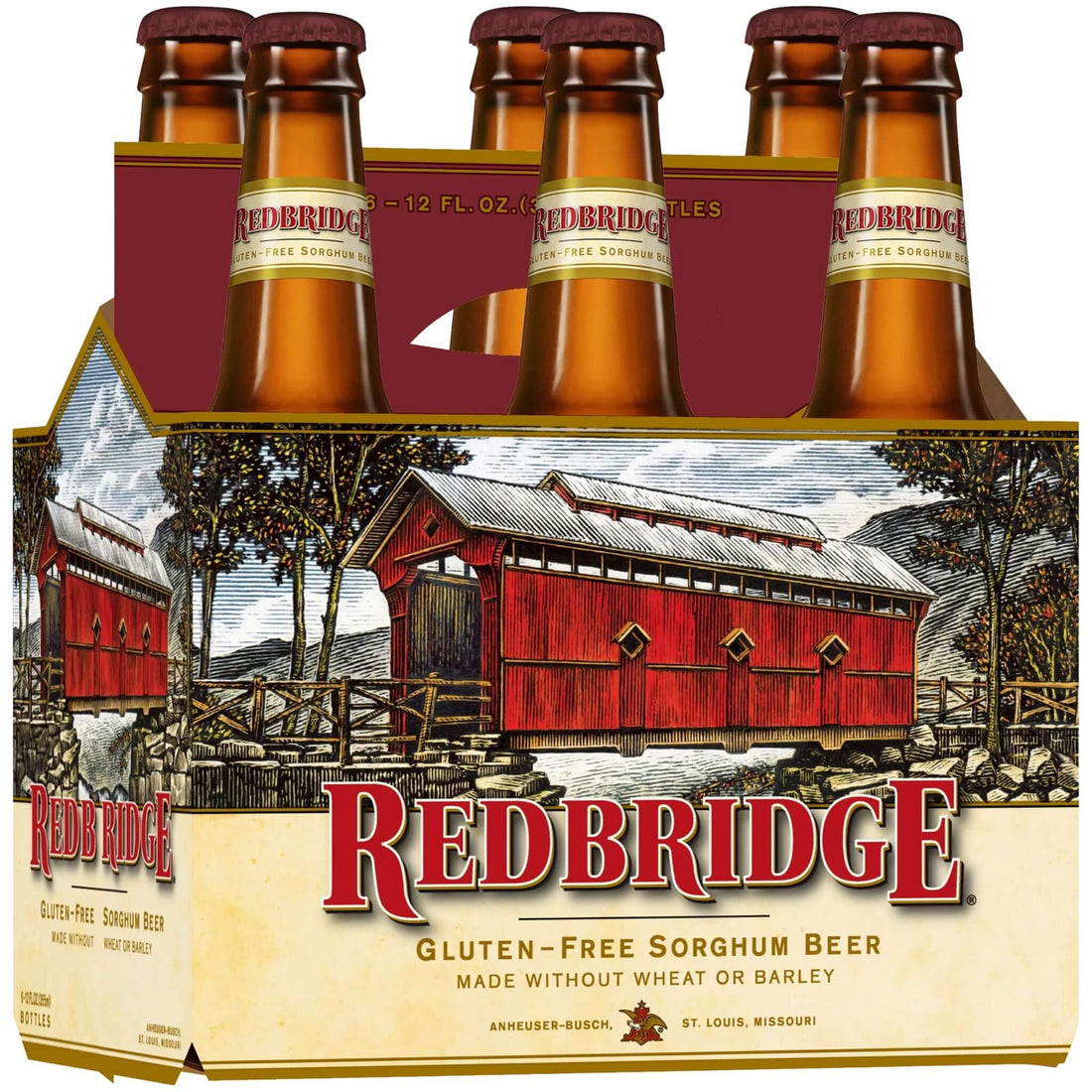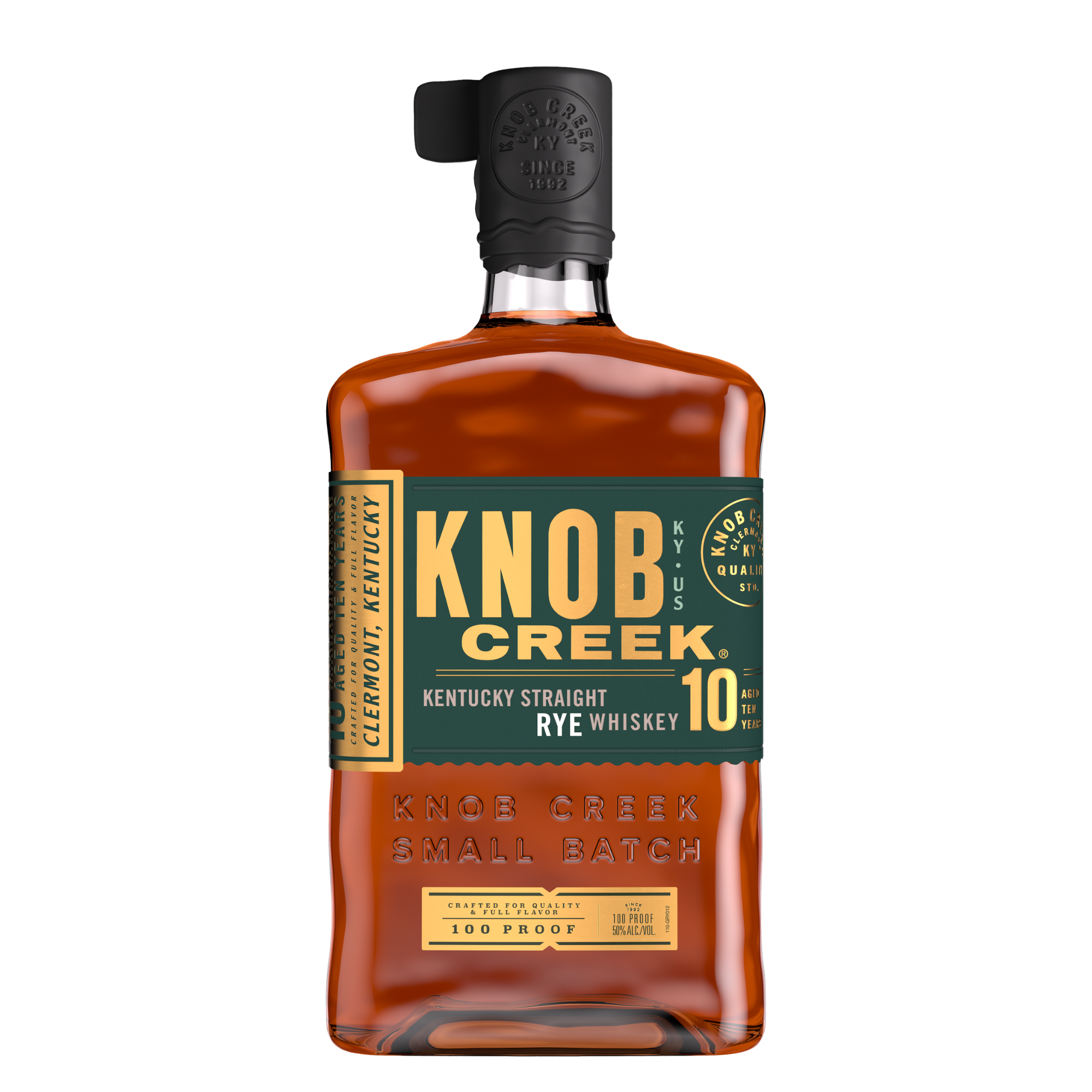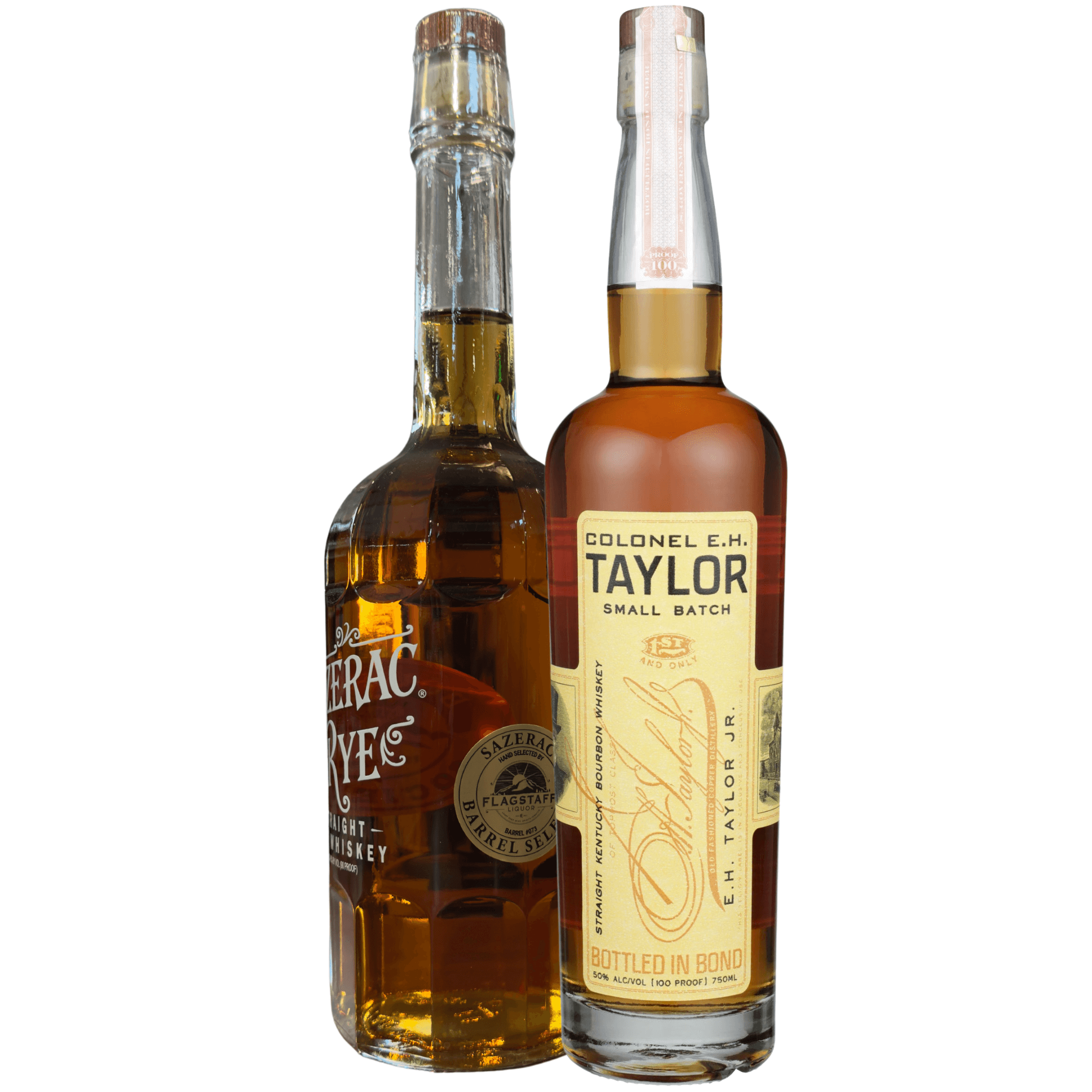86 products
-
 Redbridge Gluten Free 6 Pack | 12oz BottlesRedbridge Gluten Free 6 Pack | 12oz Bottles
Redbridge Gluten Free 6 Pack | 12oz BottlesRedbridge Gluten Free 6 Pack | 12oz Bottles- Regular price
-
$10.39 - Regular price
-
- Sale price
-
$10.39
Quick view
-
 Mother Road Roadside Grove 6 Pack | 12oz CanMother Road Roadside Grove 6 Pack | 12oz Can
Mother Road Roadside Grove 6 Pack | 12oz CanMother Road Roadside Grove 6 Pack | 12oz Can- Regular price
-
$11.99 - Regular price
-
- Sale price
-
$11.99
Quick view
-
 Mother Road Tower Station 19.2oz CANMother Road Tower Station 19.2oz CAN
Mother Road Tower Station 19.2oz CANMother Road Tower Station 19.2oz CAN- Regular price
-
$3.99 - Regular price
-
- Sale price
-
$3.99
Quick view
-
 Smithwicks Irish Red Ale 4 Pack | 14.9oz CansSmithwicks Irish Red Ale 4 Pack | 14.9oz Cans
Smithwicks Irish Red Ale 4 Pack | 14.9oz CansSmithwicks Irish Red Ale 4 Pack | 14.9oz Cans- Regular price
-
$10.69 - Regular price
-
- Sale price
-
$10.69
Quick view
-
 Mother Road Limited Visibility Hazy IPA 4 Pack | 16oz CansMother Road Limited Visibility Hazy IPA 4 Pack | 16oz Cans
Mother Road Limited Visibility Hazy IPA 4 Pack | 16oz CansMother Road Limited Visibility Hazy IPA 4 Pack | 16oz Cans- Regular price
-
$13.49 - Regular price
-
- Sale price
-
$13.49
Quick view
-
 Mother Road Tower Station 12 Pack | 12oz CansMother Road Tower Station 12 Pack | 12oz Cans
Mother Road Tower Station 12 Pack | 12oz CansMother Road Tower Station 12 Pack | 12oz Cans- Regular price
-
$18.46 - Regular price
-
- Sale price
-
$18.46
Quick view












